Civilization VII: A New Era of Leadership in the 4X Strategy Game
Civilization's leaders are as iconic as the civilizations themselves. Firaxis' approach to selecting and representing national leaders has evolved significantly over the years. This article explores the evolution of Civilization's leader roster, highlighting how Civilization VII redefines leadership.
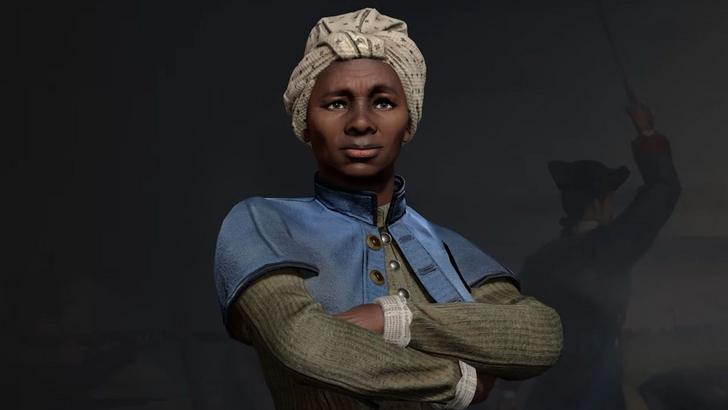
Early Civilizations: A Club of Superpowers
The original Civilization featured a relatively simple roster, largely composed of prominent global superpowers and historical figures from the early 1990s and antiquity. The 15 civilizations included familiar names like America, Rome, Greece, and China, each represented by a well-known historical leader. This approach prioritized widely recognized figures, resulting in a straightforward, almost textbook selection process. While understandable for its time, this approach lacked the diversity seen in later iterations. Notable examples include Abraham Lincoln, Tokugawa Ieyasu, and Julius Caesar. Elizabeth I was the sole female leader in this initial lineup.
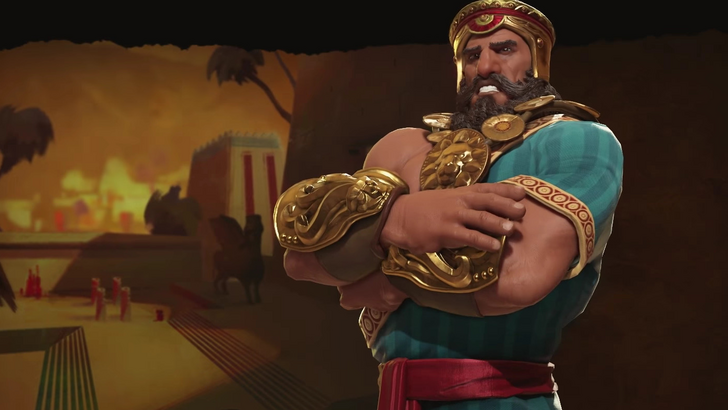
Civilization II - V: Expanding the Definition of Leadership
Civilization II expanded the roster and broadened the definition of "leader." Lesser-known powers were introduced, and the game included a separate roster of female leaders, offering players more choices. Figures who weren't necessarily heads of state but were crucial to their civilization's identity also emerged, such as Sacagawea for the Sioux and Amaterasu for Japan.
Subsequent games further diversified the roster, integrating more female leaders into the main roster and including figures like revolutionaries and reformers. Civilization III, IV, and V showcased a significant expansion in both the number of civilizations and the types of leaders represented, moving beyond strictly heads of state to encompass a wider range of influential figures.
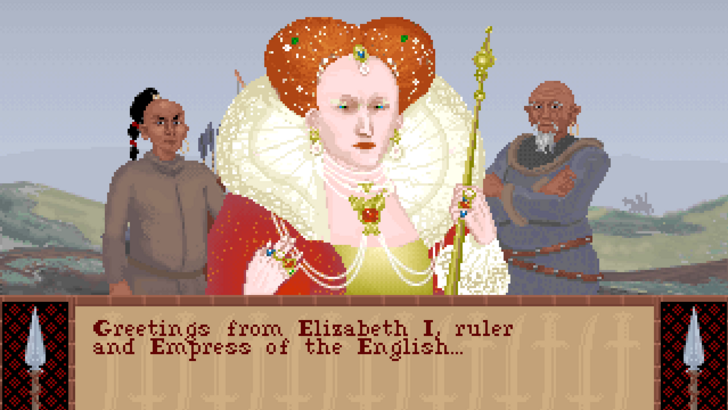
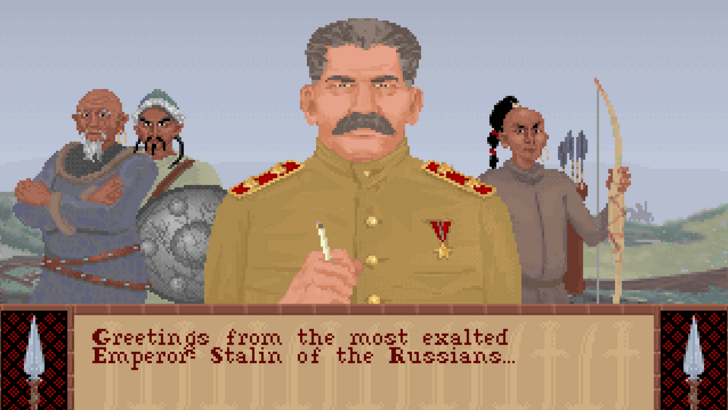
Civilization VI: Characterization and Creative Flourishing
Civilization VI significantly enhanced characterization, diversity, and creativity. Leaders were brought to life through stylized animated portraits, and the introduction of Leader Personas offered alternative versions of the same leader with distinct playstyles. The game also welcomed lesser-known figures from less prominent civilizations, such as Lautaro of the Mapuche and Bà Triệu of Vietnam. The concept of representing different chapters of a leader's life also emerged, with figures like Eleanor of Aquitaine leading both France and England.
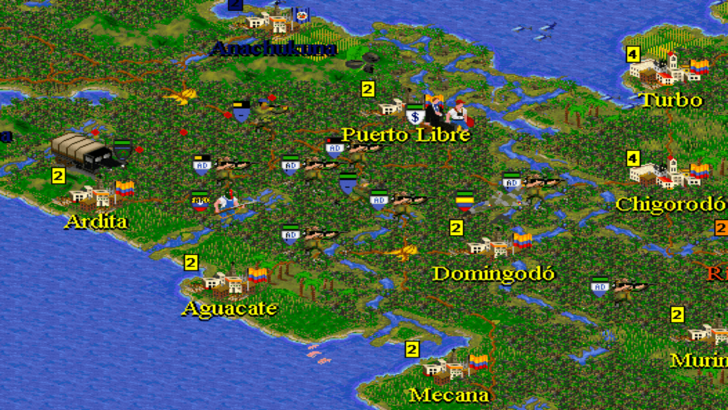
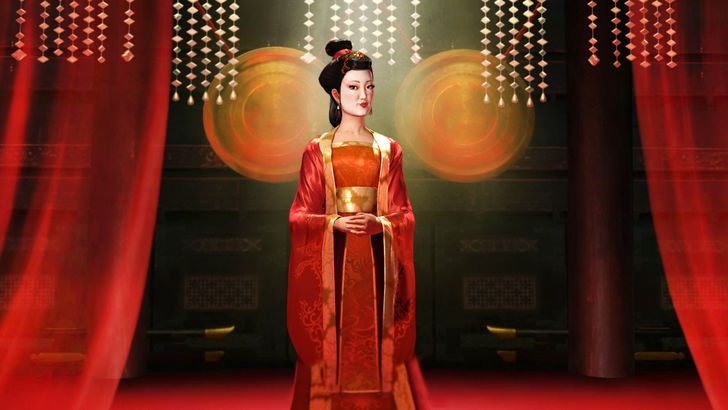
Civilization VII: A Mix-and-Match Approach
Civilization VII represents the pinnacle of this evolution. Building on past innovations, it features the most diverse and creative roster yet, utilizing a mix-and-match approach to civilizations and leaders. This allows even lesser-known figures to take center stage. Harriet Tubman, the American abolitionist, is a prime example, filling a unique spymaster role. Other unexpected additions include Niccolò Machiavelli and José Rizal, showcasing a broader interpretation of leadership.
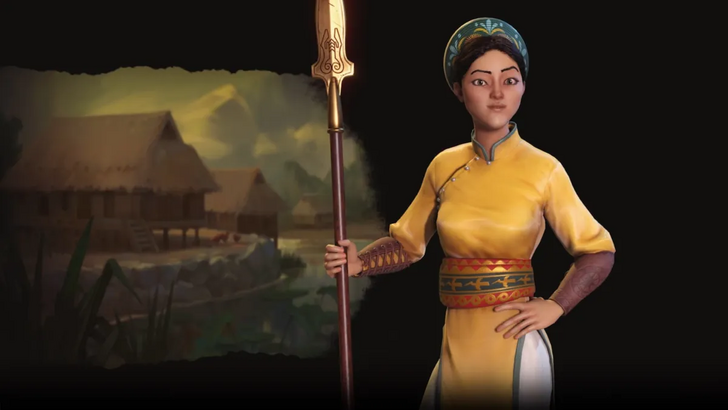
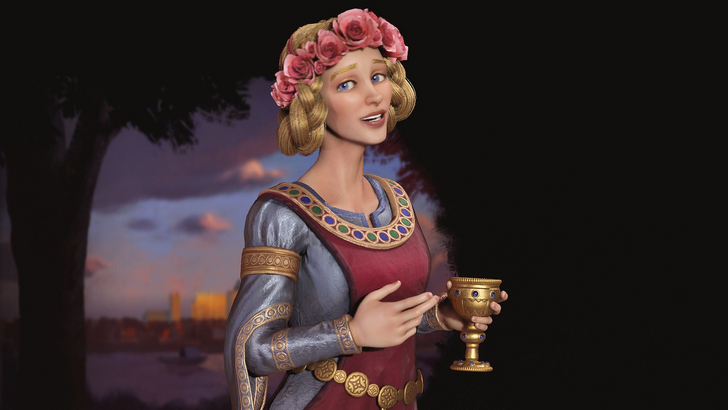


Conclusion
Over nearly 30 years, Civilization has evolved from a game focused on established superpowers to a diverse and imaginative exploration of leadership throughout history. The definition of leadership has broadened, reflecting a richer and more nuanced understanding of human history and the individuals who shaped it.
← Return to Sid Meier's Civilization VII main article
Sid Meier's Civilization VII Similar Games

















